Discover 11 hidden attractions, cool sights, and unusual things to do in Hamamatsu (Japan). Don't miss out on these must-see attractions: Hamamatsu Castle, Ryōtan-ji Temple, and Yamaha Stadium. Also, be sure to include Nakatajima Sand Dunes in your itinerary.
Below, you can find the list of the most amazing places you should visit in Hamamatsu (Shizuoka).
Table of Contents
Hamamatsu Castle
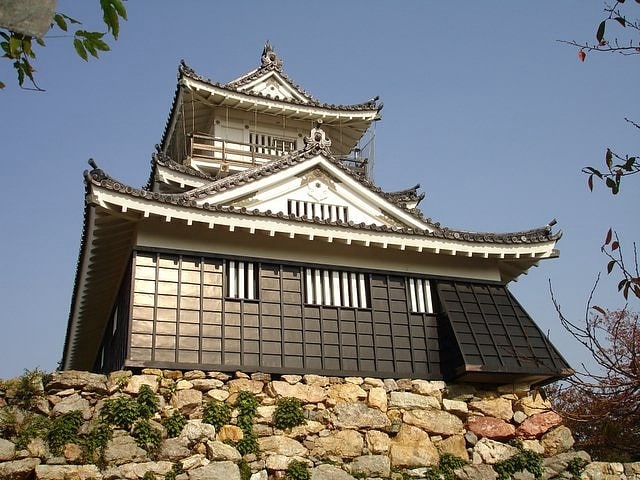
Also known as: 浜松城
Castle in Hamamatsu, Japan. Hamamatsu Castle is a replica hirayama-style Japanese castle. It was the seat of various fudai daimyō who ruled over Hamamatsu Domain, Tōtōmi Province, in what is now central Hamamatsu, Shizuoka Prefecture, Japan under the Edo period Tokugawa shogunate. It is also called Shusse Castle.[1]
Address: 100-2 Motoshirocho, Naka-ku, 430-0946 Hamamatsu
Ryōtan-ji Temple
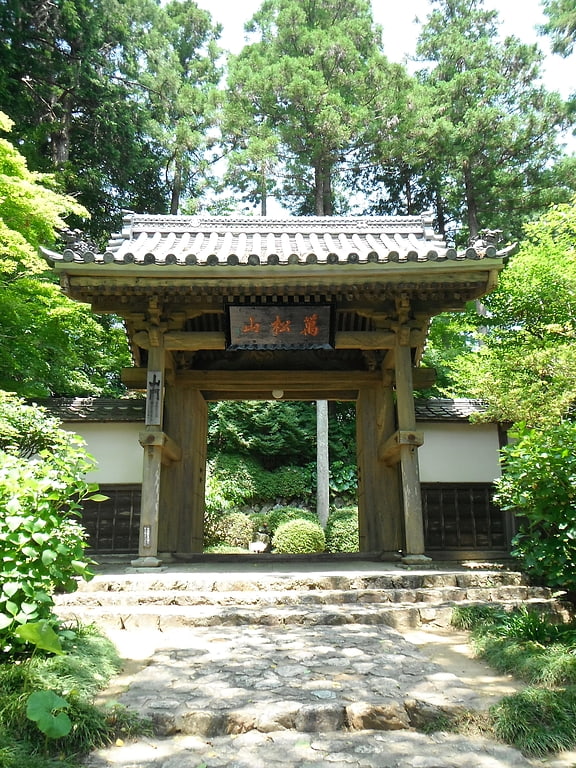
Ryōtan-ji is a Buddhist temple belonging to the Myōshin-ji branch of the Rinzai school of Japanese Zen. located in Kita-ku, Hamamatsu, Shizuoka Prefecture, Japan. It is the head temple of one of fourteen autonomous branches of the Rinzai school. Its main image is a hibutsu statue of Kokūzō Bosatsu. The temple, including its famed Japanese garden is not open to the general public.[2]
Address: 1989 Inasacho Iinoya, Kita-ku, 431-2212 Hamamatsu
Yamaha Stadium

Also known as: ヤマハスタジアム
Stadium in Iwata, Japan. Yamaha Stadium is a football stadium located in Iwata City, Shizuoka Prefecture, Japan, owned by Yamaha Motors, next to whose plant it is located, and was purpose-designed for use with soccer or rugby.
It is the home ground for the J1 League club Júbilo Iwata, and the rugby union team Yamaha Jubilo. The stadium has a seating capacity of 15,165 people.[3]
Address: 2500 Shingai, 438-0025 Iwata
Nakatajima Sand Dunes
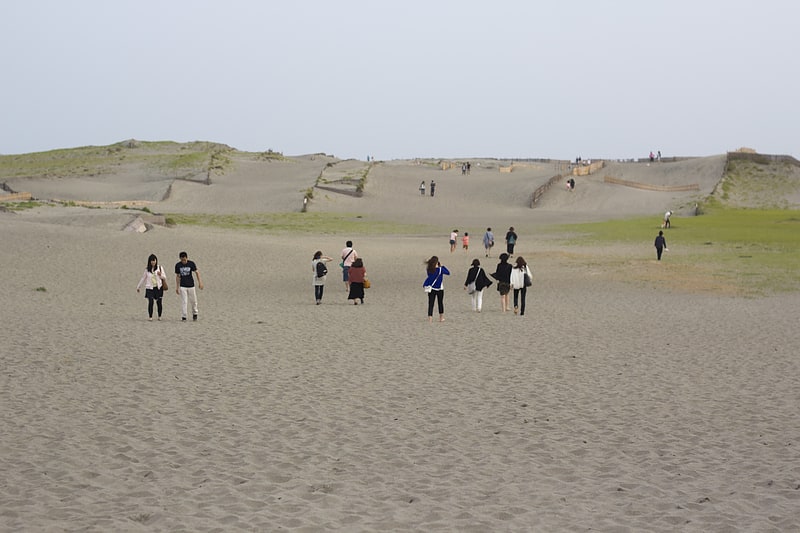
Also known as: 中田島砂丘
Scenic spot in Hamamatsu, Japan. Nakatajima Sand Dunes are located at the southern part of Hamamatsu, Shizuoka Prefecture at the Pacific Ocean coast of Japan. The sand dune area measures approximately 0.6 km from north to south and 4.0 km from east to west. It is considered one of Japan's three largest sand dune areas along with the Tottori Sand Dunes in Tottori Prefecture and Kujyūkurihama in Chiba Prefecture.
The dunes were created by sediment deposits carried from the Southern Japanese Alps by the Tenryū River into the Pacific Ocean off the coast of Hamamatsu. Sea currents and strong wind help bring the sand from the bottom up onto the shore, where the wind constantly rearranges their shape. The dunes have existed for thousands of years, but the area of the dunes has been steadily decreasing due to numerous dams built on the Tenryū River for hydroelectric power generation and irrigation. Additionally, concrete barriers erected to protect the coast from tsunami and typhoon tidal surges have disrupted the currents responsible for bringing the sand to shore. The shoreline has receded about 200 meters during the past 40 years.
In recent years, the Shizuoka prefectural government has attempted measures to stop the shrinkage of the dunes by banning the commercial extraction of sand, and (from 2003) by dumping sand offshore near the dunes, as well as employing the manual removal of encroaching grassy areas. The lasting ability for these efforts to protect the dunes is not yet known.
The Nakatajima Sand Dunes are a popular spot for locals to view the New Year's first sun rise. From May 3 till May 5, the dunes are the location for the Hamamatsu Festival, which involves flying of traditional Japanese kites.
In the summer the loggerhead turtles land onto the beach to lay eggs, which are then collected to a secure area for incubation. When hatchlings hatch, they exit the secure area and head for the Pacific Ocean, where the offshore Kuroshio Current is a part of the Pacific circulatory system.[4]
Address: Nakatajima-cho - Minami-ku, Hamamatsu
Mitake Castle

MitakeCastle was a Sengoku period yamashiro-style Japanese castle located in what is now part of the city of Hamamatsu, Shizuoka in the Tōkai region of Japan. It was a fortress of the local Ii clan, which later rose to prominence under the Edo period Tokugawa shogunate. The ruins have been protected as a National Historic Site since 1944.[5]
Address: Inasa-cho Mitake, Hamamatsu
Iinoya-gū
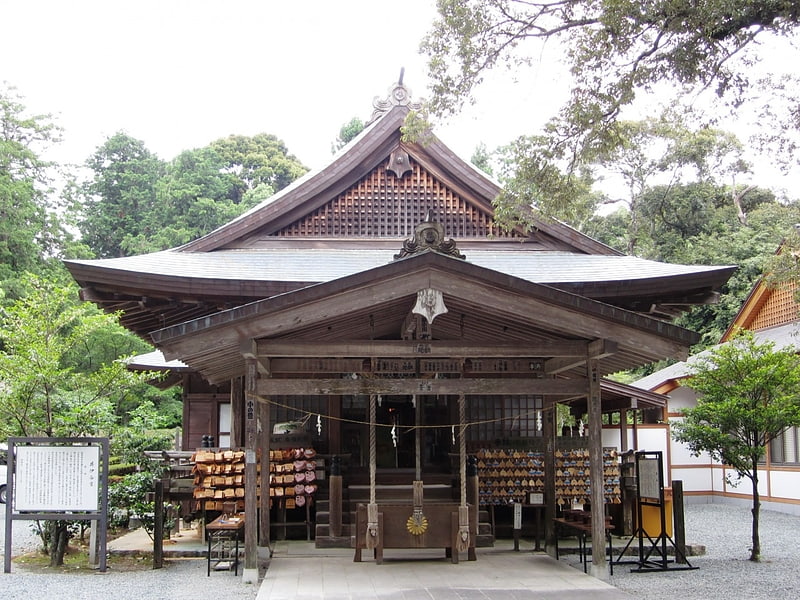
Shinto shrine in Hamamatsu, Japan. Iinoya-gū is a Shinto shrine in Kita-ku, Hamamatsu, Shizuoka Prefecture, Japan. It was established in 1872, and its main festival is held annually on September 22. It is one of the Fifteen Shrines of the Kenmu Restoration.[6]
Hōkō-ji
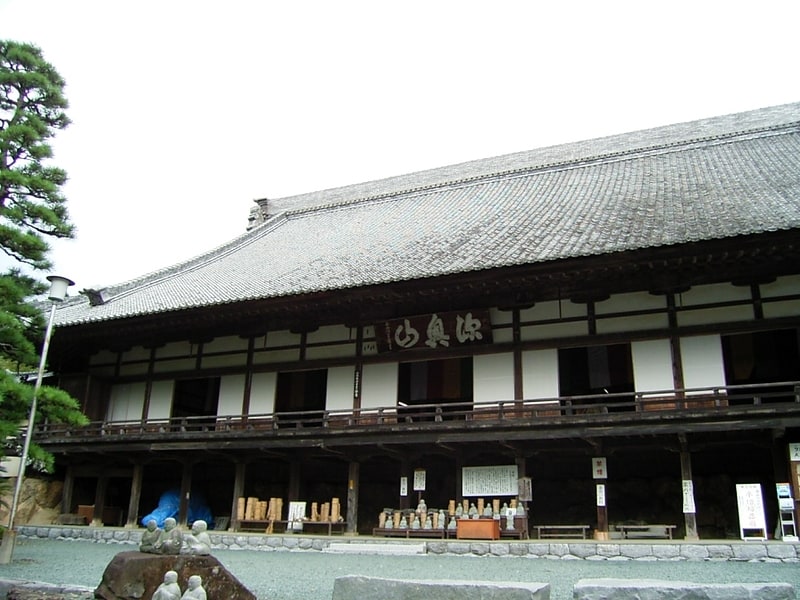
Also known as: 方広寺
Temple in Hamamatsu, Japan. Hōkō-ji near Hamamatsu, Shizuoka Prefecture dates from the 14th century.
Mumon Gensen (son of Emperor Go-Daigo) founded the temple in 1371. Since 1903, Hōkō-ji has been the main temple of the Hōkō-ji sect of the Rinzai school of Buddhism.[7]
Address: Inasa-chō Okuyama 1577-1 - Kita-ku, Hamamatsu
Tōtōmi Kokubun-ji
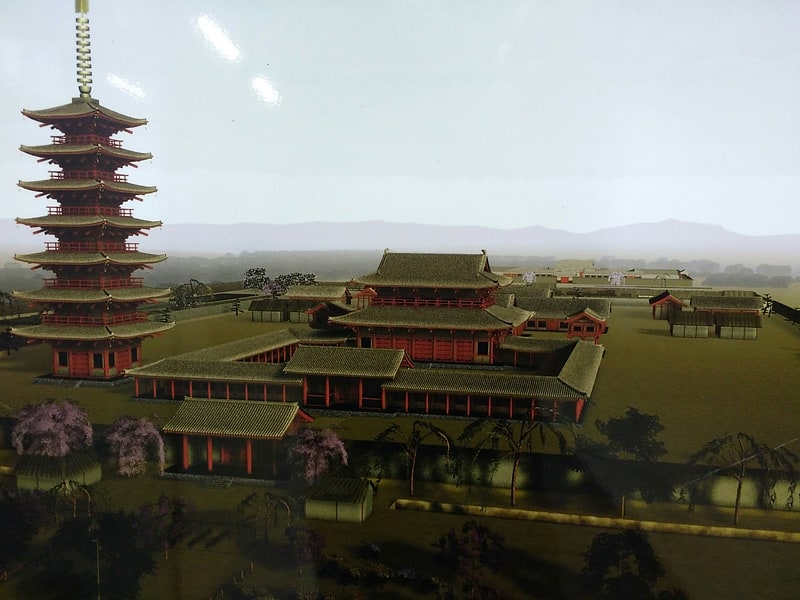
The Tōtōmi Kokubun-ji was a Buddhist temple located in the Mitsuke neighborhood of what is now the city of Iwata, Shizuoka, Japan. It was one of the provincial temples established by Emperor Shōmu during the Nara period for the purpose of promoting Buddhism as the national religion of Japan and standardising control of the Yamato rule over the provinces. The original temple no longer exists, but the temple grounds are an archaeological site which was designated as a Special National Historic Site in 1962. The area under protection was expanded in 2012.[8]
Address: Hamamatsu, 3220-1, Mitsuke, Iwata city, Shizuoka, Japan
Kanzanji Ropeway

Also known as: かんざんじロープウェイ
The Kanzanji Ropeway is Japanese aerial lift line in Nishi, Hamamatsu, Shizuoka, operated by Entetsu Tourism Development. The Entetsu Group company also operates hotels, an amusement park Hamanako Palpal, and Hamanako Musical Box Museum, all around Kanzanji Onsen hot spring resort in Lake Hamana. Opened in 1960, the aerial lift links Kanzanji Onsen and Mount Ōkusa, across the northern cove of Lake Hamana.[9]
Tenryū River

Also known as: 天竜川
River in Japan. The Tenryū River is a river in central Honshū, Japan. With a length of 213 km, it is Japan's ninth longest river.
Its source is Lake Suwa in the Kiso Mountains near Okaya in Nagano Prefecture. It then flows through Aichi Prefecture and western Shizuoka Prefecture.[10]
Iwata

Also known as: 磐田市
City in Japan. Iwata is a city located in Shizuoka Prefecture, Japan. As of 1 May 2019, the city had an estimated population of 169,897 in 68,215 households and a population density was 1,000 persons per km2. The total area of the city was 163.45 square kilometres. Iwata is widely known as the headquarters of the Yamaha Motor Corporation. Iwata is also home to Júbilo Iwata, a J. League soccer team, as well as Yamaha Jubilo, a rugby team.[11]